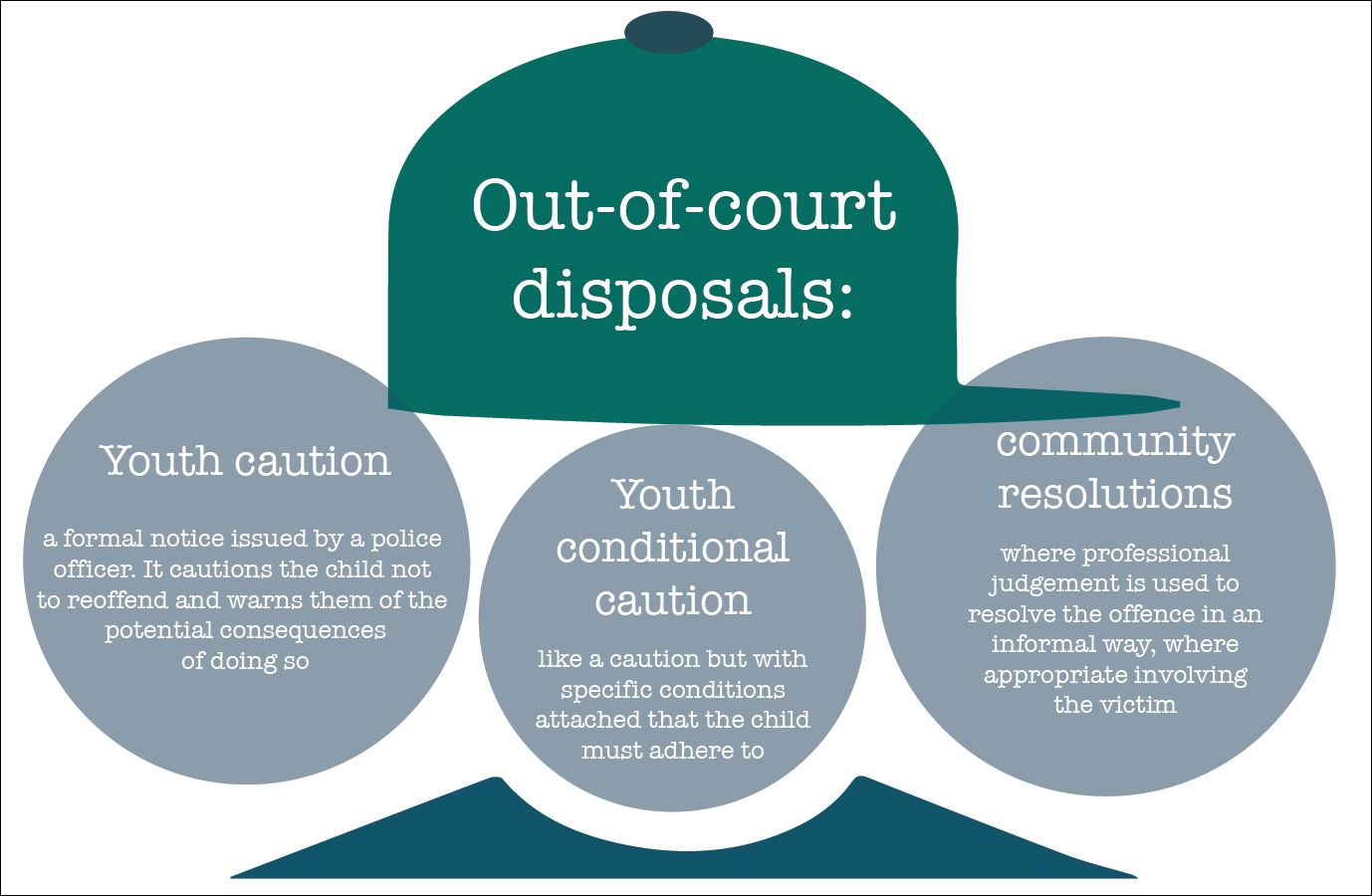Youth Offending Teams (YOTs) and police are doing often effective work to keep children who have committed mostly low-level offences out of the formal criminal justice system, according to a joint criminal justice inspectorate report published today (28 March 2018).
Inspectors from HM Inspectorate of Probation and HM Inspectorate of Constabulary and Fire & Rescue Services looked at work in seven areas of England and Wales to deal with children without going to court, using out-of-court disposals.
Publishing the report, Dame Glenys Stacey, HM Chief Inspector of Probation, said:
YOTs have the opportunity to work with many of these children. This is not a soft option for those children, as sometimes portrayed. We found YOTs often doing good and effective work to make it less likely that children would offend again, and to enable them to change their lives for the better.
However, with some specific changes, the work could be better still and more children could benefit, as well as local communities and society as a whole.
Dame Glenys identified key areas where out-of-court disposal work might be strengthened:
- Inspectors noted that victims were not always as engaged in the process as they should be. Assessment and planning by YOTs sometimes gave insufficient attention to the risk of harm to victims. While those victims who engaged with YOT work on out-of-court disposals were positive about the process “not all took part” and some YOT staff were more committed than others to seeking victim engagement. Dame Glenys said this area required “renewed focus.”
- More attention could be given to the views of the child who had offended. The report noted: “We found insufficient evidence that the child or their parent/carer had been specifically asked for and expressed their views on the causes of, and potential solutions to, their offending behaviour.”
- Though work to divert children from entering the criminal justice system was “commonly recognised to be a success story”, Dame Glenys said, it was difficult to prove the success empirically because there was “little systematic monitoring, beyond knowing that the number of children entering the justice system for the first time had fallen considerably and consistently over many years.”
What are out-of-court disposals?
There are two statutory out-of-court disposals for children – the youth caution and the youth conditional caution. There is also a non-statutory option commonly referred to as a community resolution; although many different terms are used for these locally. The term out-of-court disposal includes all three.
An out-of-court disposal does not involve trial or sentencing in a court. Instead, the aim is to divert the child from future involvement in the criminal justice system, in the best interests of both the child and justice. They are most suited to children who are not regular offenders but have committed a low-level offence.
Community resolution (CR) – is an alternative way of dealing with less serious
crimes that allows the police to use their professional judgement when dealing with a child who has committed an offence. It would normally seek to resolve the offence in an informal way that brings closure for the victim, where one has been identified, in a timely manner. It may involve the offender doing something that ‘puts right’ the offending to the satisfaction of the victim, and should take account of their views. Initial CRs may often be delivered directly by the investigating police officer, without the child having been arrested. This is sometimes referred to as “Street RJ (restorative justice)”. A CR may also be given where, following consideration of the options available, it is more suitable than a caution. Receipt of a CR is recorded in local police systems but is not recorded on the PNC and does not form part of a formal criminal record.
Youth caution (YC) – A youth caution is a formal notice, issued by a police officer and accepted by the child, once a child has admitted an offence, that cautions them not to reoffend and warns them of the potential consequences of doing so. It is used in cases, usually of relatively low-level offending, where it is not in the public interest to prosecute the child who has offended. A YC does not have specific conditions attached to it. It is, however, recorded on the police national computer (PNC) and forms part of a child’s criminal record.
Findings
The main findings of the inspection report are summarised below:
- Inspectors found clear leadership of out-of-court disposals in local partnerships. There was a universal recognition of the importance of achieving positive outcomes for children and their futures, while also recognising the impact on victims.
- The quality of intervention work in out-of-court disposals was good and effective. Most local out-of-court disposal schemes exceeded the minimum requirements of the statutory and recommended national frameworks. Inspectors found positive relationships between the police and YOTs, with both committed to diverting young people from the formal criminal justice system.
- Out-of-court disposals are seen as an effective way of preventing the entry of children into the formal criminal justice system, but there is no clear evidence to show overall how effective they are in achieving this and diverting children from crime, and to confirm whether this is indeed the case. There is no systematic national monitoring of the number of community resolutions used, nor how many children go on to receive further disposals or convictions following receipt of a CR.
- Inspectors found many children and practitioners unaware that the details of any out-of-court disposal – especially CRs, which are not recorded on the PNC – can be disclosed on an enhanced DBS check under certain conditions. There are strong reasons why information needs to be retained to support the proper functions of the police and prosecution services. The current situation whereby children may be unclear as to whether to disclose receipt of a disposal is not, however, consistent with the objective of diverting children from the criminal justice system, and making sure that they have the best opportunity for positive outcomes in their lives.









